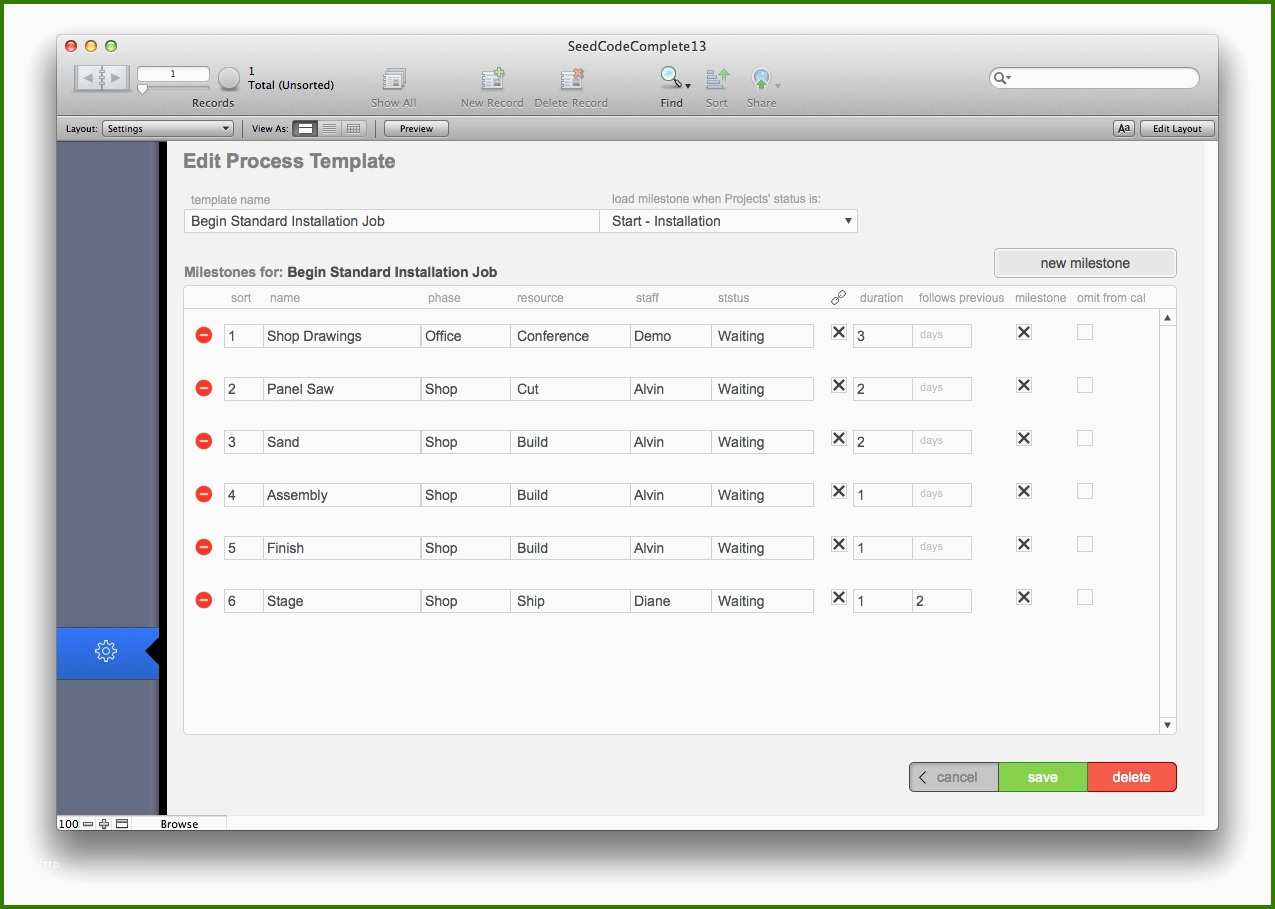
We know that the first day of the month falls in week/row 1 so we can use this formula: Next, we have to figure out how the days in December fall within the grid. We’ll back into that by finding the first day of the following month and then subtract one from that day:ĭate ( Month ( datePicked ) + 1 1 Year ( datePicked ) ) – 1 Now we have to determine the last day of the month. The first day of the month is easy based on datePicked, we use the same month and year and set the day to the first:ĭate ( Month ( datePicked ) 1 Year ( datePicked ) ) To see a calendar for December, we need to figure out the first and last days of the month.

We choose a date (in the field datePicked), for example, December 5, 2019. To specify a month, we’ll go through the same process outlined in our original post. We can gray out the unnecessary cells or we can display the days of the preceding and/or proceeding months. However, we like to include all 42 cells because that allows us to customize the presentation of the calendar. Not all of the 42 cells are relevant for a given month. However, in this case, we’ll be using global variables as our filter criteria so that dramatically decreases the amount of structure needed to create the calendar view. There are performance issues to be aware of when applying portal filters, particularly when using related record data as part of filter calculations. Luckily with FileMaker 18, and as early as FileMaker 11, we can use filtered portals to create calendars.

This approach can make managing edits or updates cumbersome for developers because of the volume of records. Also, you’d have to create 42 fields to store the calendar days that would then be used to set up the relationships between the calendar and event tables. Why 42? There are seven days in a week and we need six rows to cover the number of potential weeks in a month, 7 * 6 = 42. One option would be to create 42 separate relationships and portals to represent events for each calendar day.

Of course, there are several different ways that we can structure a calendar. I’m going to piggyback on our previously published post, but for this calendar, we’re going to specify Monday as the start of the week as opposed to Sunday. Nonetheless, it’s a common requirement, so I’ll walk you through the process step by step.

I admit, designing a calendar in FileMaker is an involved process.


 0 kommentar(er)
0 kommentar(er)
